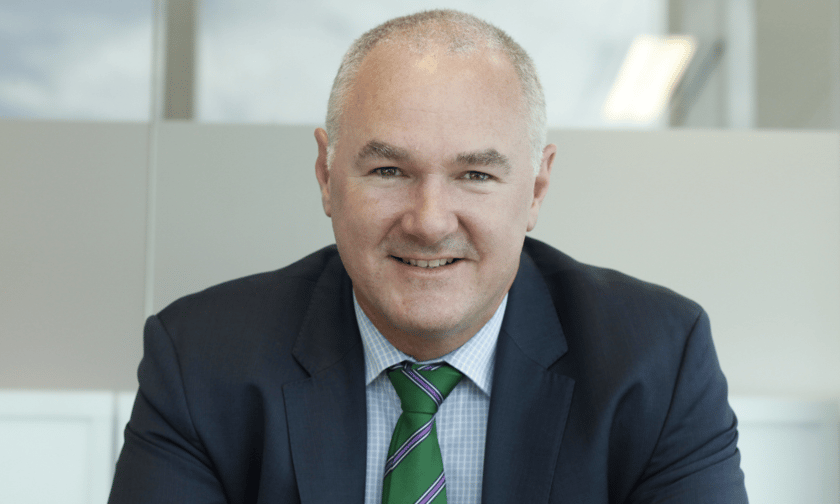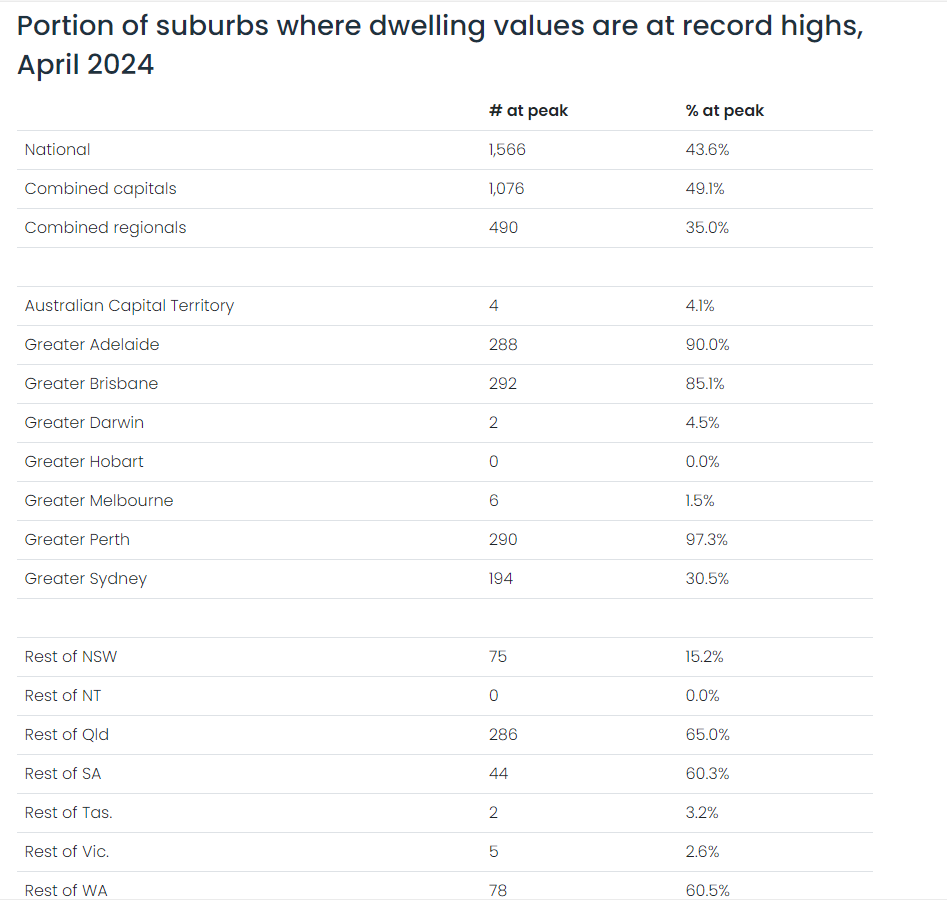

Amidst Australia’s historic two-year rate hike cycle, the property market revealed a mix of resilience and decline across cities, suburbs, and regions, CoreLogic analysis showed.
The CoreLogic analysis compared property market performance before and after the rate hike cycle, showing home values have risen only 2.8% since April 2022, a sharp contrast to the 31.7% increase observed in the two years prior.
Tim Lawless (pictured above), CoreLogic research director, said the modest capital gain is due to a -7.5% drop in national values during the early phase of the rate hiking cycle.
“The perception might be that property values are continually increasing but we can’t forget the short and very sharp downturn that occurred in the immediate aftermath of the first-rate increases,” Lawless said.
The percentage change in housing values ranges widely, with a 25.7% surge in Perth house values and an -11.2% drop in Hobart. Sydney’s house values increased by 0.4%, while Melbourne’s declined by -4.2%.
“Such a discrepancy in growth rates highlighted the diversity of market conditions over the past two years,” Lawless said. "This reflects the complexity within local markets.”
Despite rate hikes, 43.6% of Australian suburbs hit record highs by the end of April 2024. Capital city suburbs showed more resilience, with 49.1% reaching a peak, compared to 35.0% in regional areas.
“Demand for housing in Australia remains extremely high in many areas particularly with the added pressure of record high migration levels, persistently tight rental conditions, and an undersupply in dwellings,” Lawless said.
Perth saw the highest proportion of suburbs at record highs (97.3%), followed by Adelaide (90.0%) and Brisbane (85.1%). Conversely, no Hobart suburbs and only 1.5% of Melbourne suburbs hit record highs. Western Australia dominated the top growth suburbs, with Armadale in Perth leading with a 60.0% increase since April 2022.
“The large drop in values can probably be attributed to a combination of a natural correction after values overshot what might be described as fair value, but also the severe weather and flooding events that impacted areas of northern NSW in early 2022,” Lawless said.
Nationally, 37.9% of suburbs recorded a decline in dwelling values since the rate hike cycle began. Hobart suburbs were hit hardest, with 98.0% declining in value, followed by Melbourne (87.8%) and the ACT (87.6%).
Lawless attributed these declines to a balance between demand and supply fundamentals.
“Hobart and Canberra were buoyant with housing activity during the height of the pandemic, but they’ve since faced a rise in listings, affordability constraints, and subdued demographic conditions such as negative interstate migration levels,” he said.
In contrast, no suburbs in Adelaide and only one in Perth (Peppermint Grove, down -0.6%) recorded declines, CoreLogic data showed.
“Even in the face of higher mortgage rates and reduced borrowing capacity, buyers, including investors, have turned to Perth and Adelaide for their relative affordability, strong rental conditions, and higher gross rental yields,” Lawless said.
Perth continued to show strong performance, approaching the cyclical highs seen during the pandemic. Brisbane house values increased 50.9% in the two years to April 2022 and 6.1% in the two years since. The unit market performed consistently, with increases of 21.9% and 20.8%, respectively.
See LinkedIn post here.
How have Australia’s two-year rate hikes impacted your clients’ property decisions? Share your insights and experiences with us!
